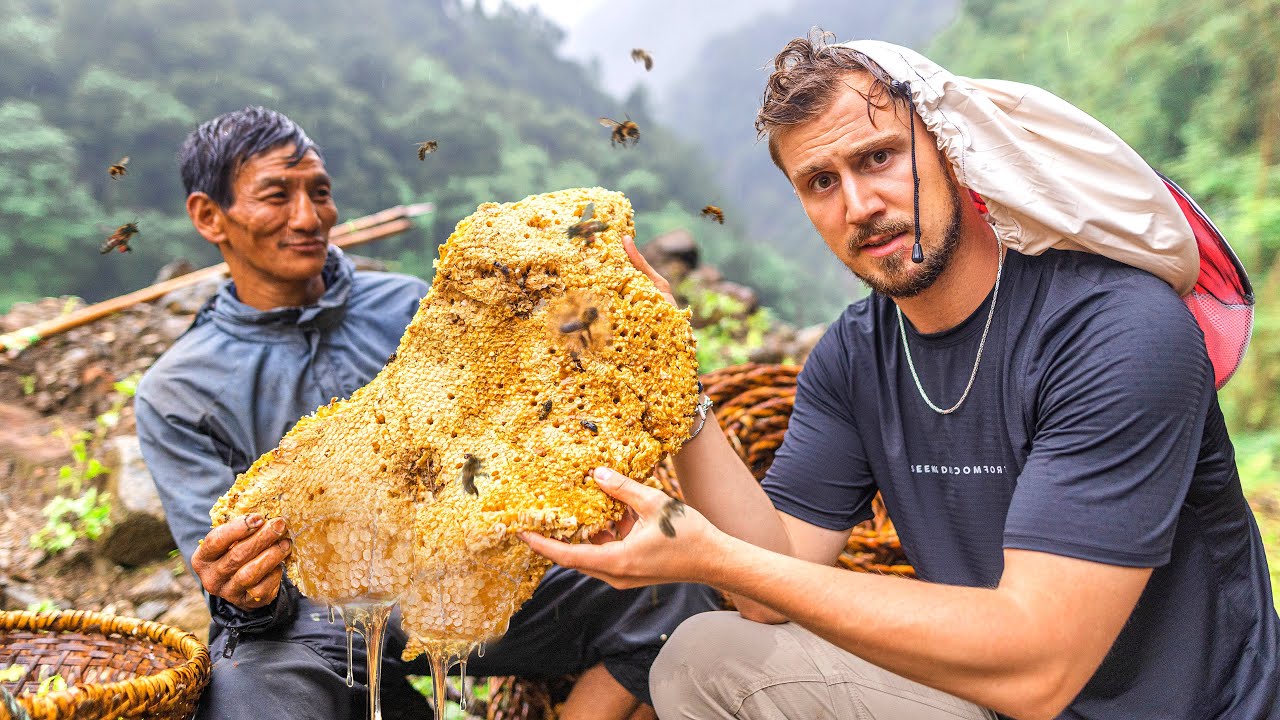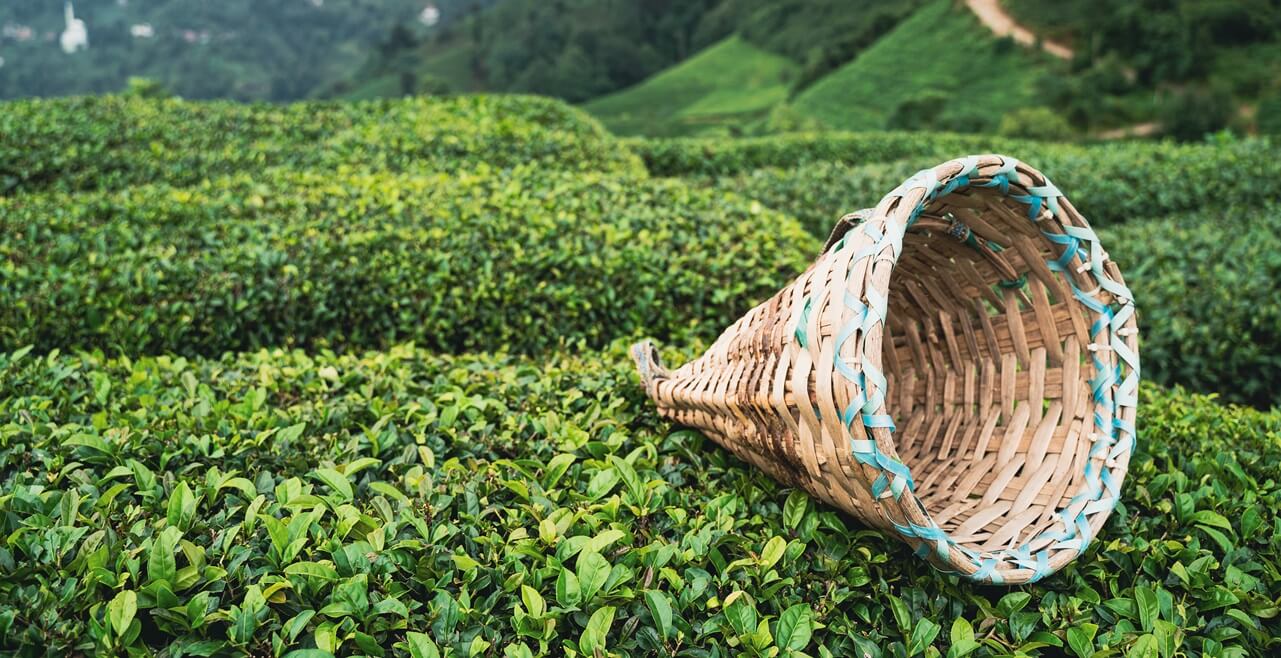Now Reading: The Himalayan Honey That Causes Hallucinations
-
01
The Himalayan Honey That Causes Hallucinations
The Himalayan Honey That Causes Hallucinations

High in the Himalayan ranges, there exists a rare kind of honey that has fascinated locals and puzzled visitors for centuries. Known as “mad honey,” it is collected by traditional honey hunters from giant bee hives hanging on steep cliffs. What makes it unusual is not just its rarity but its effects—consuming even small amounts can cause dizziness, altered perception, or mild hallucinations.
What Makes It Different
This honey is produced when bees feed on rhododendron flowers that grow in the Himalayan region. These flowers contain natural compounds that give the honey its strong properties. Locals say the taste is bitter and far stronger than regular honey. It is not sold widely in markets but is often shared within communities as a traditional product.
Traditional Uses
For Himalayan communities, this honey has long been valued for its supposed medicinal qualities. Some believe it helps with digestion, pain relief, or even as a natural remedy for cold weather ailments. However, they are careful about how much they consume, since higher doses can lead to nausea, disorientation, or a trance-like state.
A Dangerous Curiosity
Travelers who hear about “hallucinogenic honey” often approach it with curiosity, but locals warn that it is not meant to be consumed casually. Experienced honey hunters climb dangerous cliffs to collect it, often risking their lives in the process. The limited supply also makes it highly prized and sometimes misused by outsiders.
Indian Context and Awareness
For people in Tier 2 cities across India, where honey is a common kitchen ingredient, this story highlights how different landscapes shape local traditions. While most Indians buy honey in sealed jars, Himalayan communities treat it as both a delicacy and a medicine that demands respect. It’s a reminder that not all natural products are safe in every quantity.
More Than Just Honey
The Himalayan honey that causes hallucinations is more than a strange curiosity—it is a piece of cultural knowledge passed down through generations. To the locals, it represents survival, tradition, and respect for nature’s power. To outsiders, it serves as a reminder that the mountains still hold secrets that can surprise, and sometimes caution, anyone who seeks them.

























